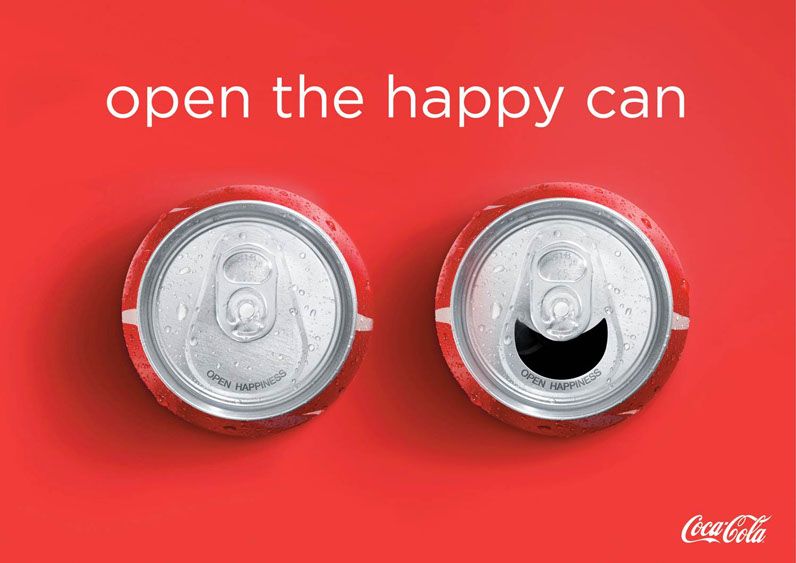Table of contents
Priming Psychology
Priming in marketing is a subconscious reaction to stimuli that influences our conscious decisions to new stimuli. It works by using associations made in our subconscious, and are almost always unnoticeable to the subject. It is a mysterious and complex process and impacts a significant part of our behavior. A process is driven by the subconscious mind. Without intentions, the first item that is presented affects how we respond to the second.
Priming Examples in Marketing
Let’s take an example:
You own a restaurant and ordered too much French wine. A good way to psychologically prime your clients into buying this type of wine is to play French music in the background. At that moment, the subconscious will place more importance on French wine. Music will associate your buyer with French things, and that may include a time they’ve enjoyed a good bottle of French wine.
Another nice example is television advertisements or online advertisements such as Facebook, Instagram, and other social media platforms. By watching an ad, different mental pathways activate. Usually, these pathways only link to positive memories. Next time when you go to the supermarket and you see the product from the ad, something happens in your brain. These positive memories are triggered, and that leaves you with a positive attitude towards the product. If the client needs to choose one of the hundred different yogurt brands, most likely he will decide on the one that gives positive feelings.
Is Priming An Unethical Method To Use In Marketing?
This method has a psychological effect on prospects, but it doesn’t mean that you’d be manipulating, playing mind-games, or tricking viewers by using it. Priming in marketing it’s in use since advertising began. In fact, it can have the complete opposite effect on your prospects. If a feature is primed and you have negative associations with it because of a bad experience, your prospect will turn down your offer.
For example, have you ever wanted to buy a product, but when you reached the landing page, website, or social profile, you’ve already lost interest? This can happen because you’ve been primed, either by accident or intentional, to care about a particular feature that you don’t need or care about. Thus, priming is not an unethical method. If the feature cannot be positively associated with your prospect in the first place, it will not have any effect.
Priming Examples That Can Increase Conversion Rate
In this section about the advertising psychology tactic, there will be some examples and ideas for you to get started. These ideas can influence your customers’ judgment about you, your company, or the products you offer. Primes can influence the choices your customers make and the actions they take. Starting with a positive attitude, over the choice of a product, then to the successful sale, priming can be an effective tool to guide your customers through your website. It cannot work by forcing a decision upon your customers, but you can support their decisions.
Direct Attribute Priming
For this point, we have a good example as an explanation. Some researchers approached customers in an electronics store, who’d entered to buy a new laptop. Half of the customers were asked about what memory needs they have, and the other half were asked what processor needs they have. It was a simple, straight-forward question about their needs. But, the questions had a massive impact on customers.
The group with the memory question bought computers with higher memory and the group with the processor question bought computers with higher processor speeds.
By asking a simple non-leading question, the customers put more weight on these features. This affected their purchases when it came to a buying decision. Our subconscious begins to make associations right at the moment when a feature is brought under our noses. Using direct attribute priming, you can create associations and increase the importance of your product’s strengths.
There are many ways of doing this, including:
- Direct questions
- Aspirational product/service images
- Product feature priming in ad copy
- Ad headlines
Indirect Attribute Priming
Another way to influence the subconscious is indirect techniques. Remember the example I gave at the beginning about the effect of French music to influence wine choice. This is a clear example of how to use indirect priming to affect buying decisions. Indirect attribute priming can be as simple as playing particular types of music or using words to stir subconscious associations.
Let’s take another simple example. We take the color BLUE. It makes you think of blue, and that includes BLUE things too. And because I’ve mentioned the word BLUE your subconscious is already making associations. These can include:
- The sea
- The sky
And if we follow that on further, priming you with BLUE, and you making subconscious associations to sea and sky, will make you more receptive to the idea of a holiday. Or at least make the idea feel more desirable.
Brand Priming
Brand priming is used to influence a person’s immediate thoughts actions through the name or logo of a brand. That can help increase revenue if the primed reaction is to buy or use the product or service. Let’s look at some examples to understand better.
Red Bull primes for energy and speed.
A Boston College study looked at the impact of logos on a video racing game. Evey racecar has a brand with a different company logo. Red Bull’s logo had already primed players to have more energy and be faster if they chose that particular brand. The study showed consumers felt the Red Bull logo could actually “give them wings” in the race and make them faster.

McDonald’s primes for happy feelings and pit stops.
McDonald’s marketing always includes the golden arches. People associate the emblem with happy tunes and time with family and friends. One of their earliest ad campaigns told customers to “look for the golden arches”. When someone is out and want something quick to eat, the familiar golden arches make a good choice.

Nike primes for feelings of achievement and exercise.
Nike uses elite athletes in their promotions and employs taglines such as “Just Do It” to show the athletes’ strength and perseverance. When someone starts a new sport or wants to get fit, they think of Nike products as something that helps them achieve their goals.

Color Priming
Colors have different meanings and are often used for prime emotions. You can, for example, color your background or only specific elements like buttons or content areas. Always beware of your target group and their understanding of colors. Down below is an image with different colors and what they mean, associated with different brands that use it.

Priming with Pictures
Use pictures to prime your customers. For example, research has found that happier facial images can affect our consequent behavior. There was a study looking at the impact of subliminal facial expressions: happy, neutral, or angry. They found that people who had seen a happy face went on to drink more lemon Koolaid than those who had seen either a neutral or angry face.
Coca Cola grasped this idea in one of their marketing campaigns, “Open the happy can”. In the advertising, it shows the top of a can of coke with a “smile” in the gap post opening. Every time you open a can, you get a big, wide grin smiling back at you.

Try to Avoid Negative Priming in Marketing
For a better use of priming, try to avoid any words that don’t associate with your key selling points, even if you use them in a negative context.
Let’s say I was selling clothes and my brand centered around the comfort of the clothes. I’d have more success using direct attribute priming, than saying something like, “comfort means much more than style”.
This will tell prospects that my brand doesn’t value style, which will isolate anybody with the smallest interest in this attribute.
Conclusion
Priming in marketing is a technique that can have a massive impact on your advertising psychology. By making small, unnoticeable changes to your ads you can improve their return. Try using the examples, tactics, and ideas in this article and see how they can work with your brand.
I hope you found this article useful and If you need help with implementing marketing strategies and ideas, get in touch with our team.
Other articles that you may find interesting: Ecommerce Offers That Always Help To Increase Revenue
Profitability & Conversion Rate; Digital marketing for luxury brands during the CRISIS;





Evening. Very interesting subject about Priming in marketing. I am looking at introducing and implementing Priming within our web site. Can you please contact me so we can discuss. Thanks